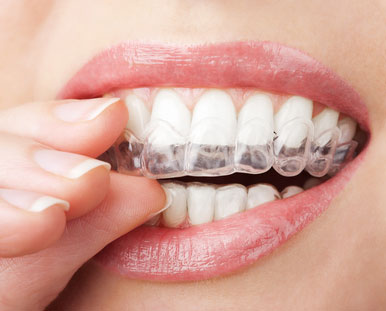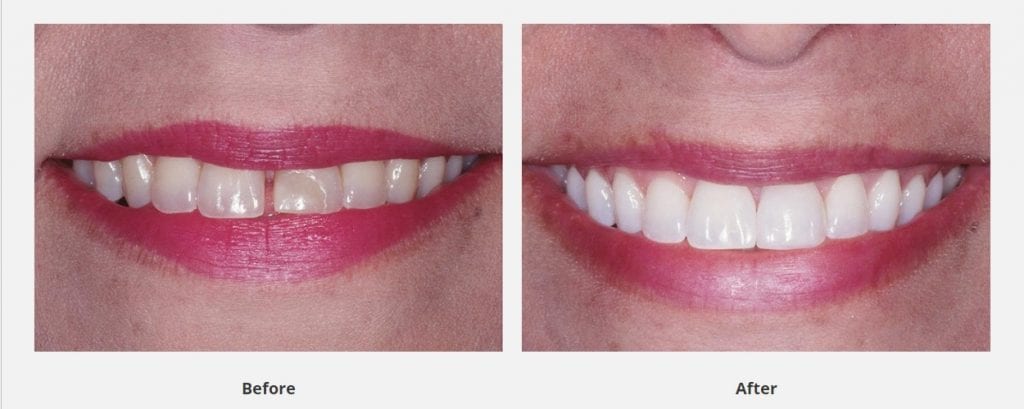I had teeth whitening done about a month ago and am hoping to maintain the results as long as possible. However, I’m getting conflicting information as to whether I should be brushing before or after my tea. One person said that if I brush before, I’m opening up pores on my teeth and they’ll pick up stains quicker. Another person said that if I brush after tea, which is what I’ve been doing to get the tea off my teeth quickly, I’ll damage my teeth because the tea is acidic. Which is correct?
Thank you,
Maya
Dear Maya,

You’re asking good questions. Your teeth whitening results will last longer if you’re mindful with your tea habits. Ideally, you’d give up tea, but since that’s probably not realistic, let’s focus on what you can do when you indulge anyway.
Drink in One Session and Don’t Sip for a Prolonged Period of Time
It sounds like you’ve got this one nailed, but it’s worth mentioning. People who sip on tea and coffee all morning or all day pick up stains faster than those who finish their drinks in one go.
It’s Ok to Brush Before Tea
The concept of “pores” opening when you brush is an urban legend. While you do have tubules in your teeth, they have plugs in them. Very few things disrupt those plugs, but it’s generally restricted to things that happen in the dental chair, such as restorative work and professional teeth whitening.
The tubules develop new plugs within a day or two, so you’d want to avoid tea during that span so you don’t sabotage your efforts but otherwise, you’re good to go in that department.
Be Wary of Brushing After Tea
The problem with acidic foods and beverages is that they lower the pH of your mouth. Ideally, it should be closer to a 7.0, but a little variation in either direction isn’t too much cause for concern. When your mouth is more on the acidic side (anything below 7.0), your teeth demineralize. That means they lose calcium, phosphorus, and other minerals that make them strong and block decay. Your enamel and dentin will also soften for a period of time after consuming an acidic beverage.
However, as your pH returns to normal, they’ll pick up the minerals in your saliva (remineralize) and will harden again. Problems set in when you either don’t provide your teeth with an environment to remineralize or you brush while the enamel is still “soft.” In doing so, you can actually remove the softened layer and it doesn’t grow back. That’s referred to as acid erosion, though there are several alternate causes of it.
For the record, black tea is usually a 4.9-5.5 pH, making it one of the more acidic things you can introduce into your mouth, though it will vary depending on how you brew it and other factors. Coffee is usually around a 4.5- 6.0 pH, for comparison. Sodas and juices—especially citrus juice—can go as low as 2.0. Battery acid is a 0.0.
Rinse or Rebalance After Tea Instead of Brushing
One of the easiest ways to remove any residual tea is to give your mouth a quick rinse with water after you finish. If you have concerns about acid erosion or demineralization, you can also restore balance by using a pH neutral mouthwash after or by mixing one part baking soda to eight parts water and rinsing with that.
Fluoride may be an alternative to help create stronger teeth as well, though it obviously does nothing for staining. It doesn’t work in exactly the same way minerals will, but it also isn’t quite as sensitive to environmental factors, which is why it’s been trusted as a cavity-fighting tool for generations.
This blog is sponsored by New Orleans Dentist Dr. Duane Delaune.




